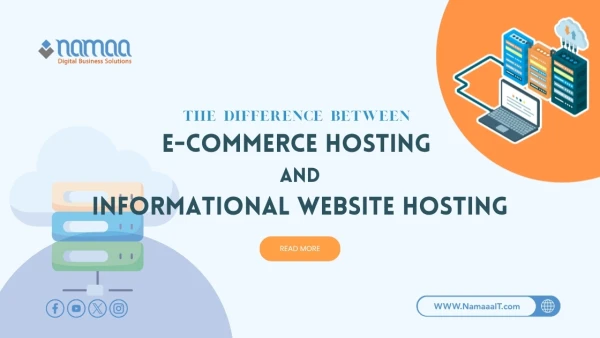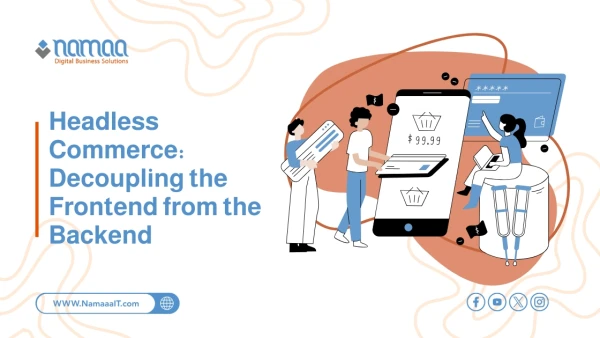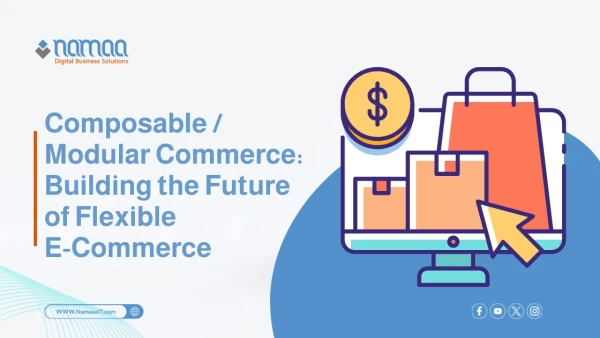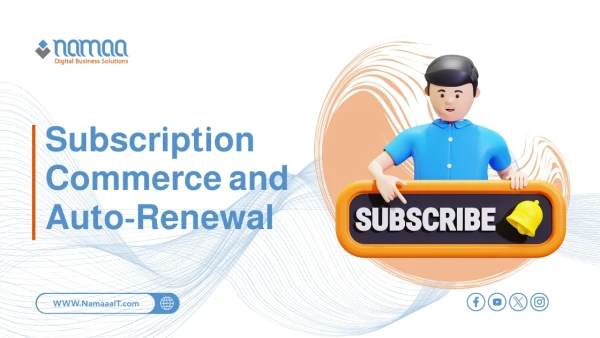In Light of Rapid E‑Commerce Evolution, Choosing an ERP That Integrates with E‑Commerce Platforms Is Critical
In today’s fast-paced world of e‑commerce, selecting an ERP (Enterprise Resource Planning) system that seamlessly integrates with your e‑commerce platform is essential for business success. Such integration enhances inventory management, streamlines financial operations, and delivers a smooth customer experience. With so many options available, online store owners may feel overwhelmed. In this article, we present top tips and criteria to consider when choosing an ERP that supports effective integration with e‑commerce platforms—helping you maximize ROI and achieve sustainable business growth.
How to Identify Your Online Store’s ERP Needs
Determining your ERP needs starts by thoroughly analyzing your current operations and future goals. You should examine your daily processes—inventory, order management, shipping, and customer service. Consider your store’s scale: number of products, expected order volume, and sales channels used.
Also identify any existing pain points, such as inventory tracking issues or checkout delays. Assess the need for integration with e‑commerce platforms, payment gateways, and shipping carriers. Key questions to guide you:
- Which core processes need automation or improvement?
- What’s the scale of your daily data and transaction volumes?
- How many users will interact with the ERP?
- Which platforms and sales channels need integration?
- What are your short- and long-term growth objectives?
Tips for Choosing an ERP That Works Well with E‑Commerce
Selecting the right ERP requires a strategic approach and deep understanding of your business capabilities. Below is a table summarizing essential criteria:
| Criterion | Details |
|---|---|
| Integration Ease | Supports popular e‑commerce platforms (e.g., PolarisMAX) |
| Real-time Synching | Enables instant sync of products, inventory, and sales |
| E‑Invoicing Support | Complies with digital invoicing and local tax regulations |
| Customizability | Can be tailored to evolving business needs |
| Reporting & Analytics | Provides detailed performance, sales, and marketing reports |
| Security & Data Protection | Implements strong protocols to safeguard customer and financial data |
PolarisMAX & ERP Integration: A Powerful Combination
PolarisMAX’s integration with ERP systems enhances operational effectiveness by consolidating both operational and financial workflows. It enables secure, seamless data exchange between platforms—reducing manual errors and saving time.
This integration supports real-time performance tracking and analysis, enabling data-driven strategic decisions. Additionally, it improves resource management and operational planning, offering higher flexibility to meet market demands. Together, PolarisMAX and ERP enhance efficiency and competitive advantage.
Examples of Popular ERP Systems
Here are widely used ERP solutions that suit various business sizes and industries:
- SAP ERP – A robust, flexible solution ideal for medium to large enterprises, handling finance, inventory, HR, and supply chain.
- Oracle ERP Cloud – Cloud-based, highly customizable, and supports smart reporting & analytics.
- Microsoft Dynamics 365 – Integrated with Microsoft Office and Outlook, offering a unified business environment.
- Odoo – An open-source, affordable and flexible ERP for small to mid-sized businesses.
- Infor ERP – Specialized for industrial sectors like manufacturing and distribution, offering advanced production and supply-chain tools.
- SAP Business One – Tailored for SMEs, with strong accounting, sales, and inventory management capabilities.
Choosing the right ERP depends on company size, industry, and technical needs—along with ensuring smooth integration with your e‑commerce platform.
FAQ: Choosing an ERP for E‑Commerce
- Is migrating data from legacy systems to a new ERP easy?
Yes—most modern ERPs offer migration tools, but you should engage a technical team to ensure data accuracy and continuity. - What are the costs of ERP implementation with e‑commerce integration?
Costs vary depending on store size, user count, desired features, licensing, customization, training, and ongoing support. Obtaining detailed quotes is advisable. - How does ERP impact order processing speed and shipping?
ERP automates order and inventory handling, reducing manual errors and improving shipping accuracy—leading to happier customers. - Do ERP systems support multiple currencies and languages for international expansion?
Many do—supporting global business via multi-currency and multi-language features, essential for scaling beyond the domestic market. - How important are analytics and reporting in an ERP system?
Very. Advanced reporting on sales, inventory, and customer behavior enables data-driven decisions and continual optimization.
Summary
✔️ 95% of e‑commerce stores using integrated ERP systems report notable improvements in inventory management and reduced operational errors.
✔️ Businesses with e‑commerce–friendly ERP solutions process orders 30% faster than those using legacy systems.
✔️ 80% of companies using ERP systems support international expansion through multi-currency and multi-language capabilities.
✔️ ERP implementation costs start around $5,000 for small stores and can exceed $50,000 for large operations, depending on scale and features.
✔️ 90% of ERP users say advanced analytics and reporting have enabled more accurate strategic decisions and better store performance.









